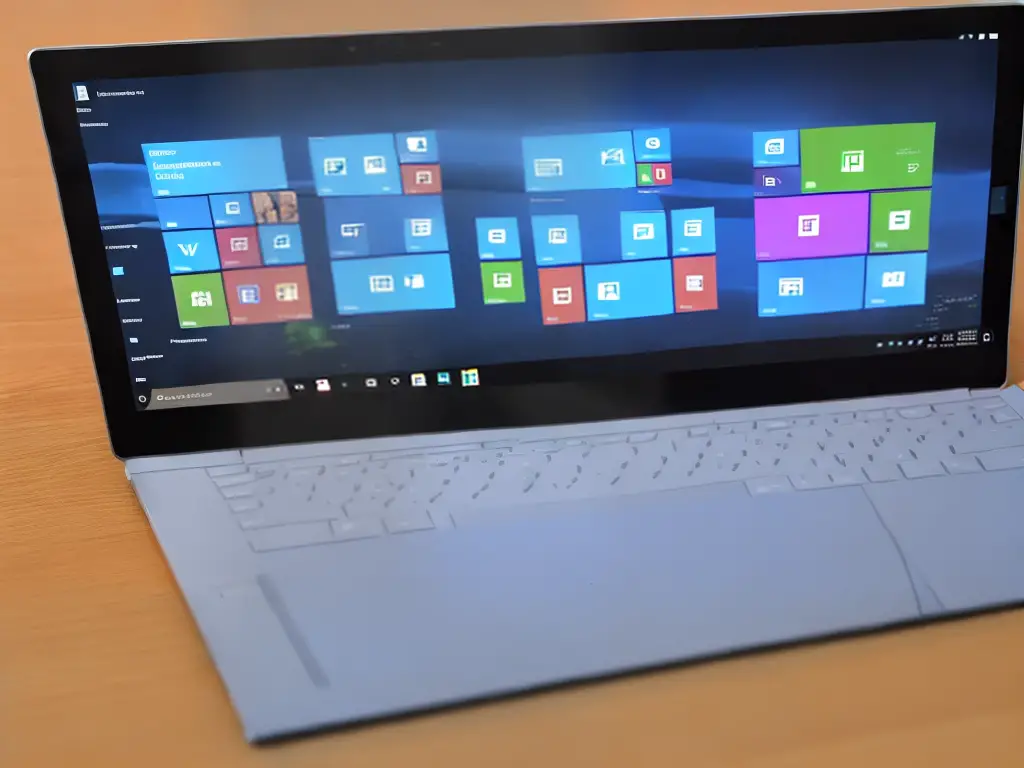The Evolution of Microsoft Windows: A Journey Through Time
Microsoft Windows has been an integral part of the personal computer industry since its inception. It has shaped the way we work, play, and communicate. Let’s take a journey through the history of Microsoft Windows, from its humble beginnings to the powerhouse operating system it is today.
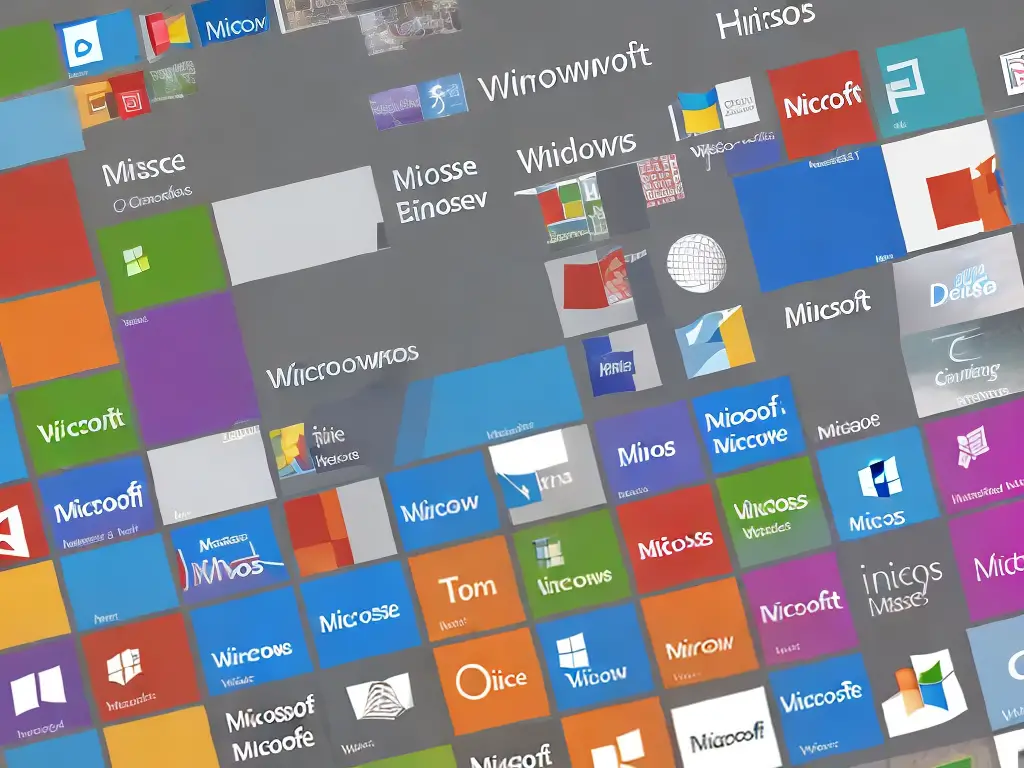
1985: Windows 1.0 – The Beginnings of a Legend
In November 1985, Microsoft released its first version of the Windows operating system, called Windows 1.0. This system featured a graphical user interface (GUI), which allowed users to interact with their computers more easily. Users could now use a mouse and keyboard to navigate the platform, opening up a more intuitive way to work with computers. Windows 1.0 was a game-changer, and it laid the foundation for the future success of Microsoft.
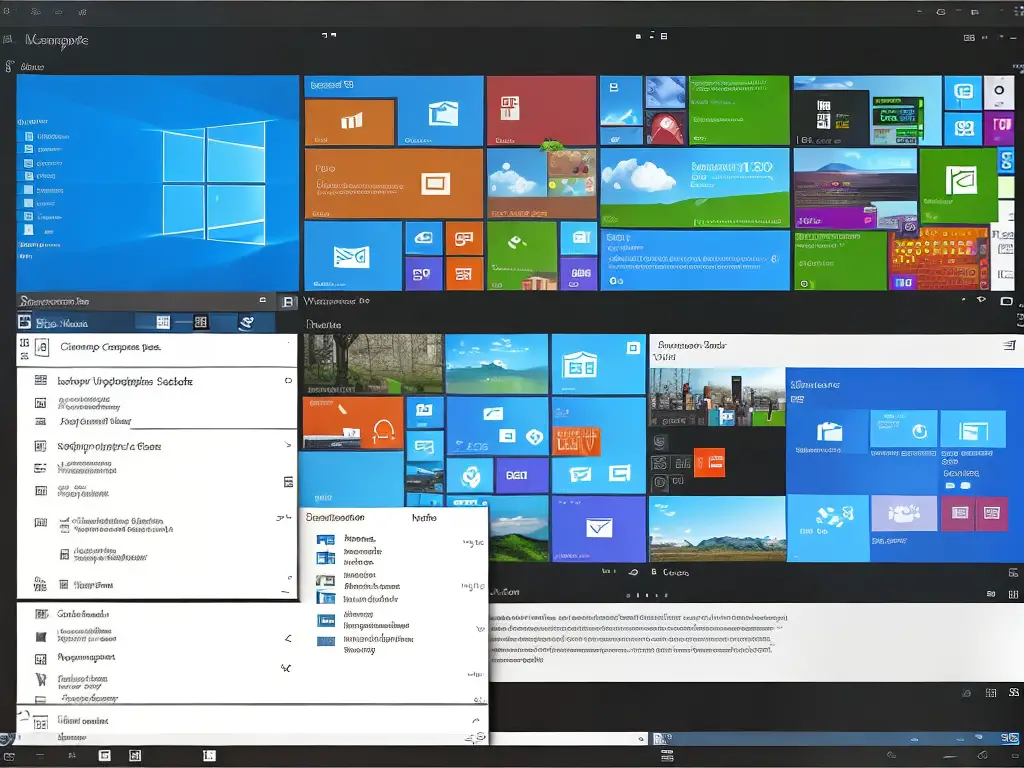
1990: Windows 3.0 – The Rise of a New Era
In May 1990, Windows 3.0 was launched, bringing a multitude of improvements over its predecessors. The new operating system featured enhanced graphics, better performance, and increased memory support. It introduced the ‘Program Manager’ and ‘File Manager,’ two of the most iconic Windows applications. The popularity of Windows 3.0 skyrocketed, making it a major success for Microsoft, and setting the stage for further innovation in personal computing.
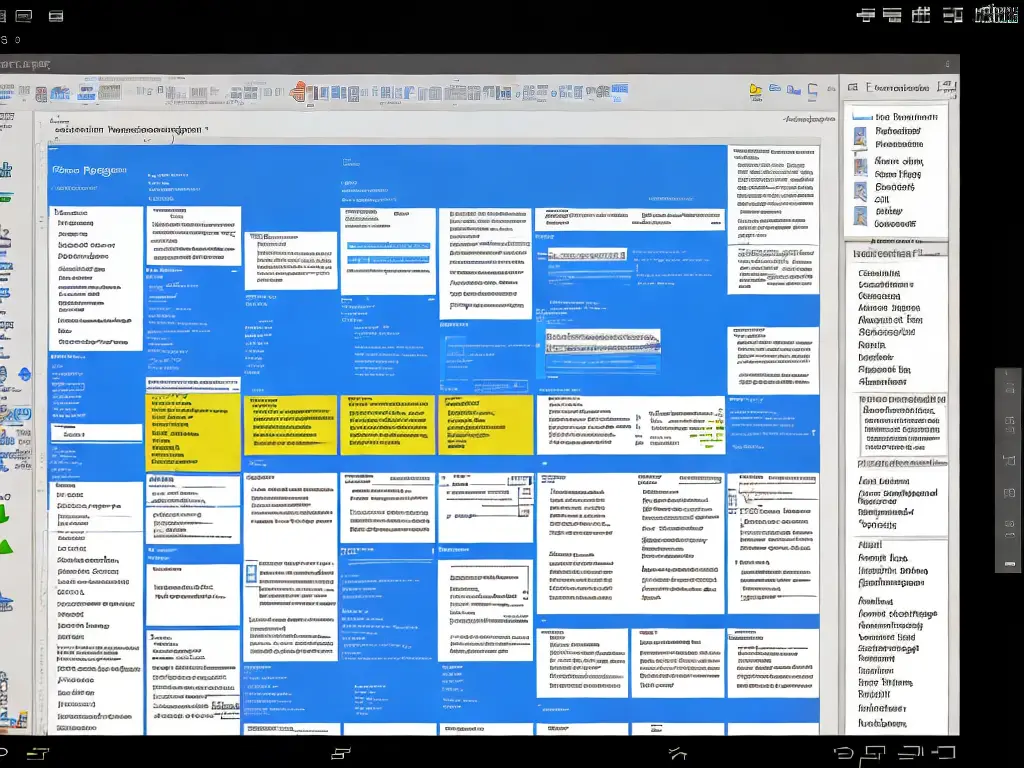
1995: Windows 95 – Reinventing the PC Experience
On August 24, 1995, Microsoft unveiled Windows 95, a revolutionary operating system that changed the way we used computers. With a fresh and simplified design, advanced Plug-and-Play functionality, and a new Start button, Windows 95 made it even easier for users to navigate their computers. The newfound connectivity with the internet sparked the growth of the World Wide Web, solidifying Windows 95 as a pivotal moment in the history of Microsoft and personal computing.

2001: Windows XP – Uniting the Best of Both Worlds
In October 2001, Microsoft released Windows XP, which combined the functionalities of the two existing Windows product lines: the Windows 9x series and the Windows NT series. Windows XP showcased a fresh design, improved stability, and enhanced security, making it one of the most successful and well-loved operating systems in Microsoft’s history. The release of Windows XP also marked the end of the MS-DOS era, as the new operating system was built on the Windows NT architecture.

2006/2007: Windows Vista – Oh, the Controversy
Windows Vista was released in January 2007 after much anticipation. However, the launch was met with mixed reviews. While the operating system featured a sleek design, new search functionalities, and enhanced security, it also came with many compatibility and performance issues. The controversy surrounding Windows Vista prompted Microsoft to refocus their efforts and led to the development of a new operating system – one that would take the world by storm.
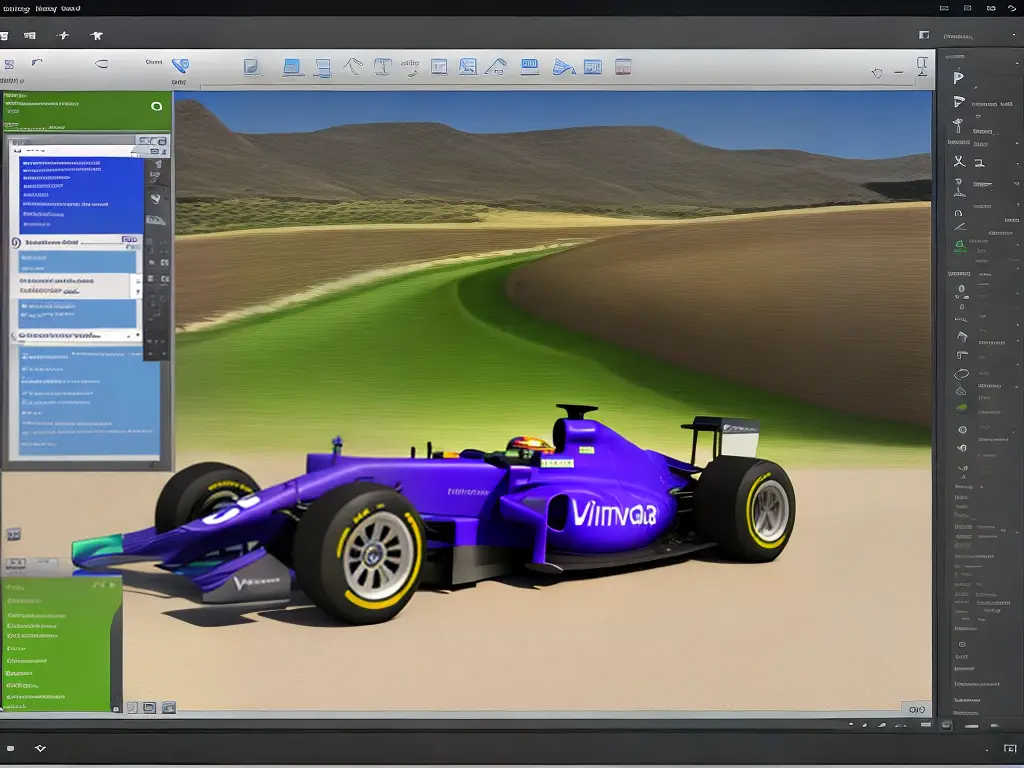
2009: Windows 7 – Rise of the Ultimate OS
In October 2009, Microsoft released Windows 7, an operating system that aimed to address the shortcomings of its predecessor, Windows Vista. Windows 7 brought significant improvements to performance, security, and usability. With its well-organized interface, the new Windows 7 became a favorite among users, making it one of the most successful operating systems ever released by Microsoft.
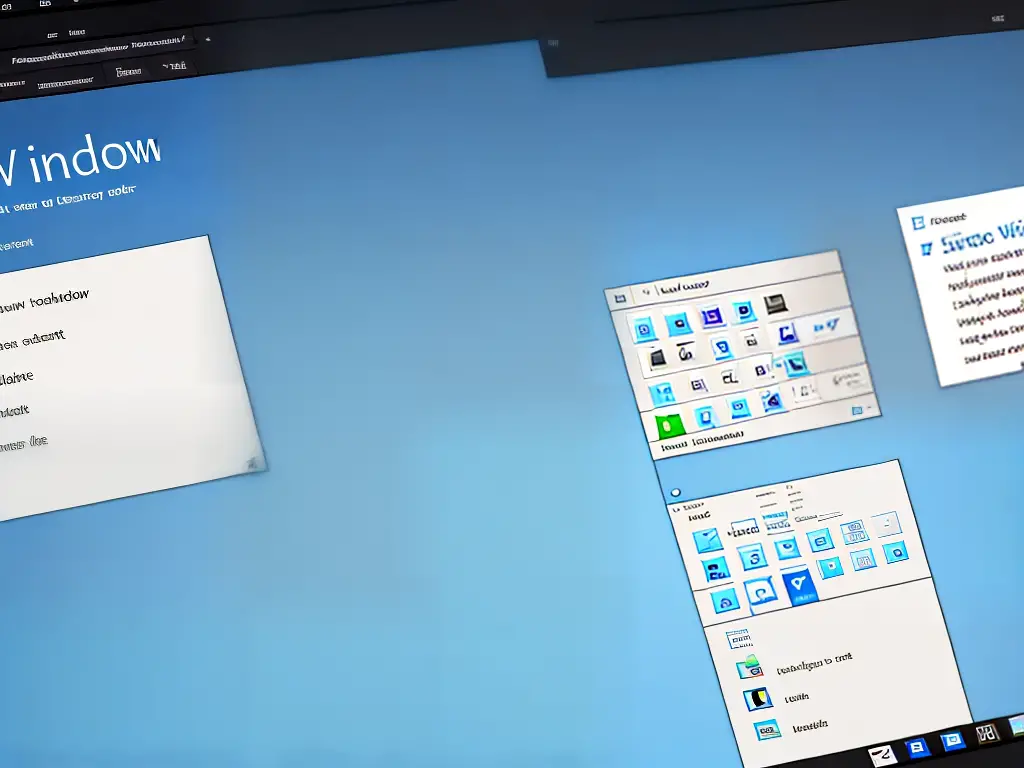
2012: Windows 8 – Embracing the Touch Revolution
Windows 8, launched in October 2012, was a bold attempt by Microsoft to revolutionize the way we use computers. The new operating system featured a tile-based Start screen, optimized for touchscreens and providing a fresh, colorful look. While Windows 8 faced some criticism for its departure from the traditional desktop experience, it played an essential role in shaping the future of computing, as it emphasized the growing importance of touchscreen devices.

2015: Windows 10 – The Last Stop in our Journey (for Now)
Windows 10, which was first made available in July 2015, is Microsoft’s latest and most comprehensive operating system to date. With improvements to performance, security, and usability, Windows 10 features a refined design and a versatile interface that caters to both touch and non-touch devices. As Microsoft continues to evolve the platform through regular updates, Windows 10 stands as a testimony to the company’s commitment to innovation and a desire to enhance the way we interact with technology.
